The development of AI systems other than high-risk AI systems in accordance with the requirements of this Regulation may lead to a larger uptake of ethical and trustworthy AI in the Union. Providers of AI systems that are not high-risk should be encouraged to create codes of conduct, including related governance mechanisms, intended to foster the voluntary application of some or all of the mandatory requirements applicable to high-risk AI systems, adapted in light of the intended purpose of the systems and the lower risk involved and taking into account the available technical solutions and industry best practices such as model and data cards. Providers and, as appropriate, deployers of all AI systems, high-risk or not, and AI models should also be encouraged to apply on a voluntary basis additional requirements related, for example, to the elements of the Union’s Ethics Guidelines for Trustworthy AI, environmental sustainability, AI literacy measures, inclusive and diverse design and development of AI systems, including attention to vulnerable persons and accessibility to persons with disability, stakeholders’ participation with the involvement, as appropriate, of relevant stakeholders such as business and civil society organisations, academia, research organisations, trade unions and consumer protection organisations in the design and development of AI systems, and diversity of the development teams, including gender balance. To ensure that the voluntary codes of conduct are effective, they should be based on clear objectives and key performance indicators to measure the achievement of those objectives. They should also be developed in an inclusive way, as appropriate, with the involvement of relevant stakeholders such as business and civil society organisations, academia, research organisations, trade unions and consumer protection organisation. The Commission may develop initiatives, including of a sectoral nature, to facilitate the lowering of technical barriers hindering cross-border exchange of data for AI development, including on data access infrastructure, semantic and technical interoperability of different types of data.
